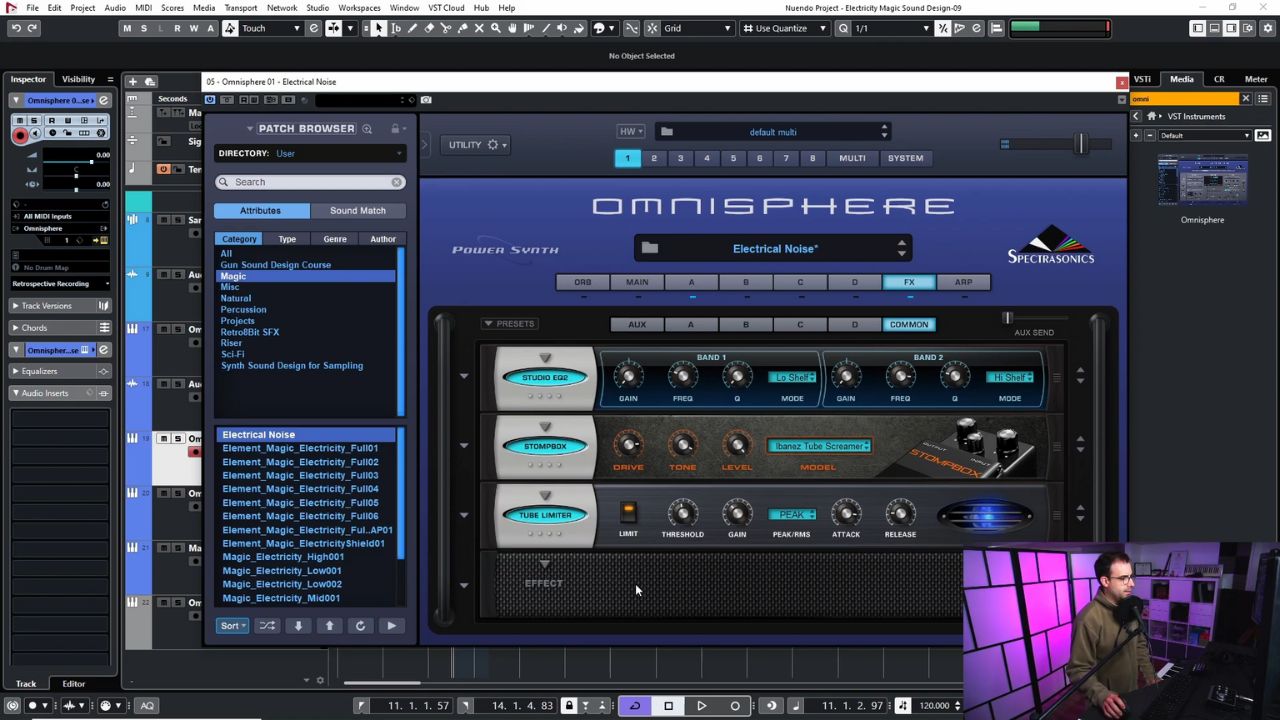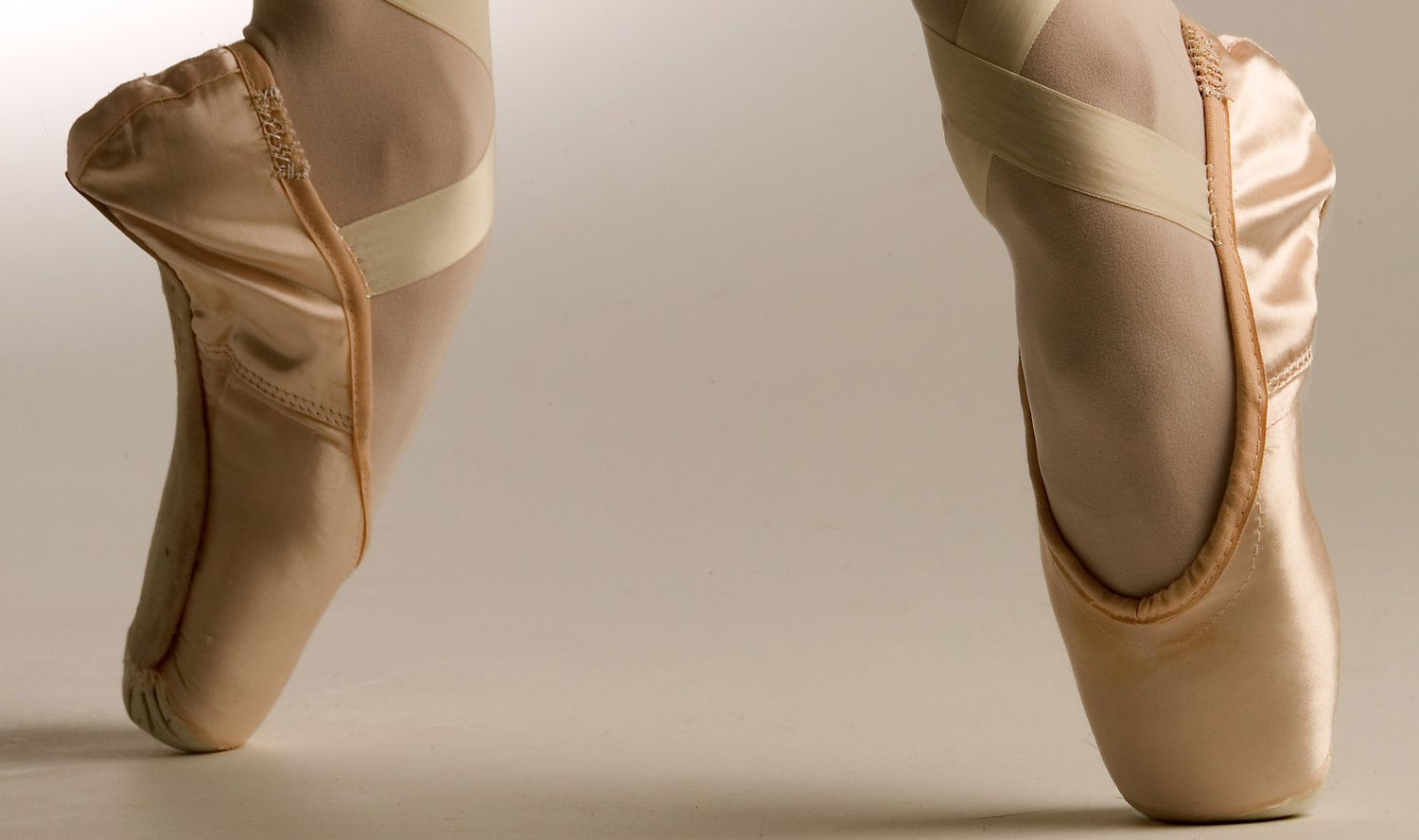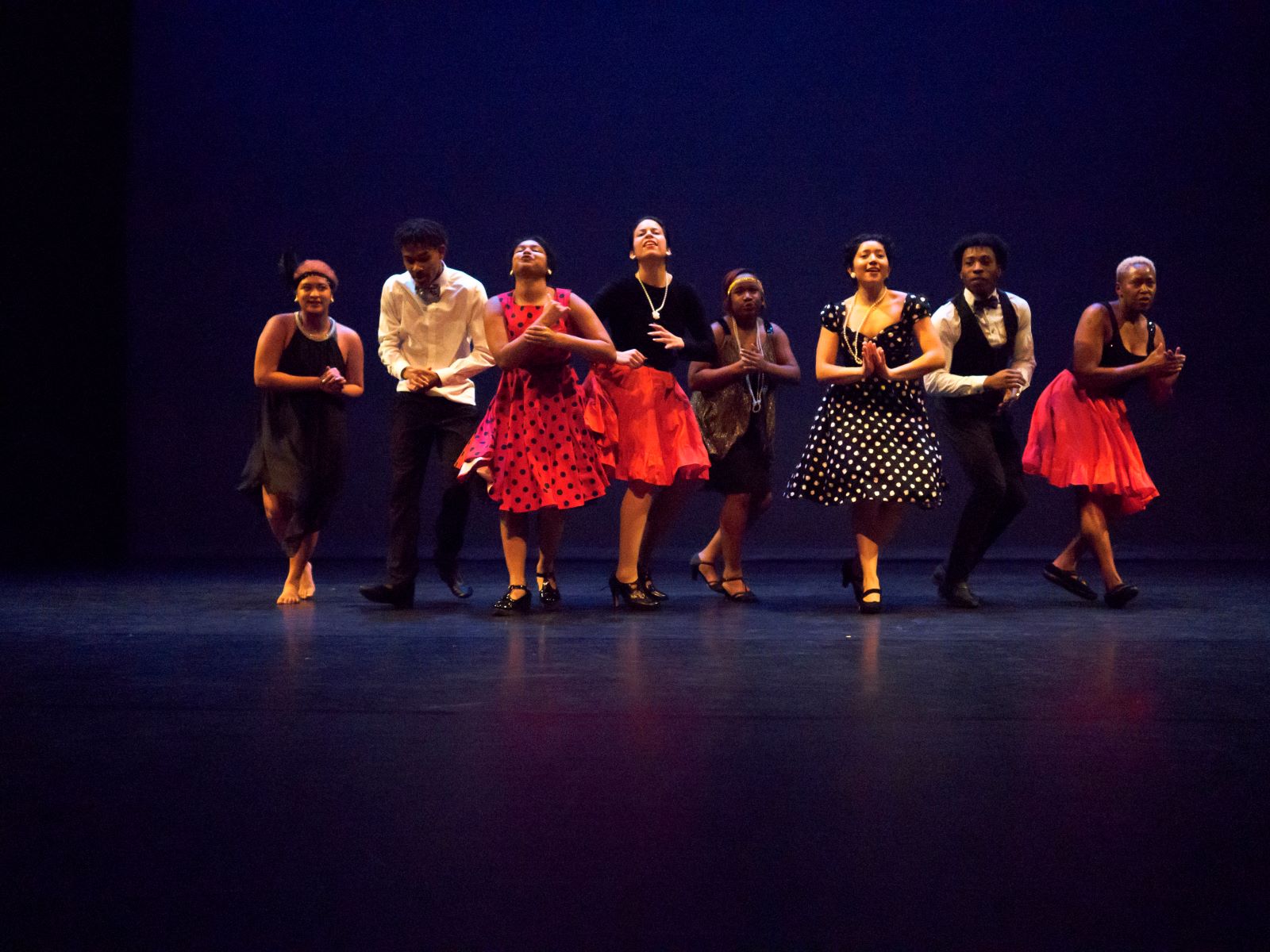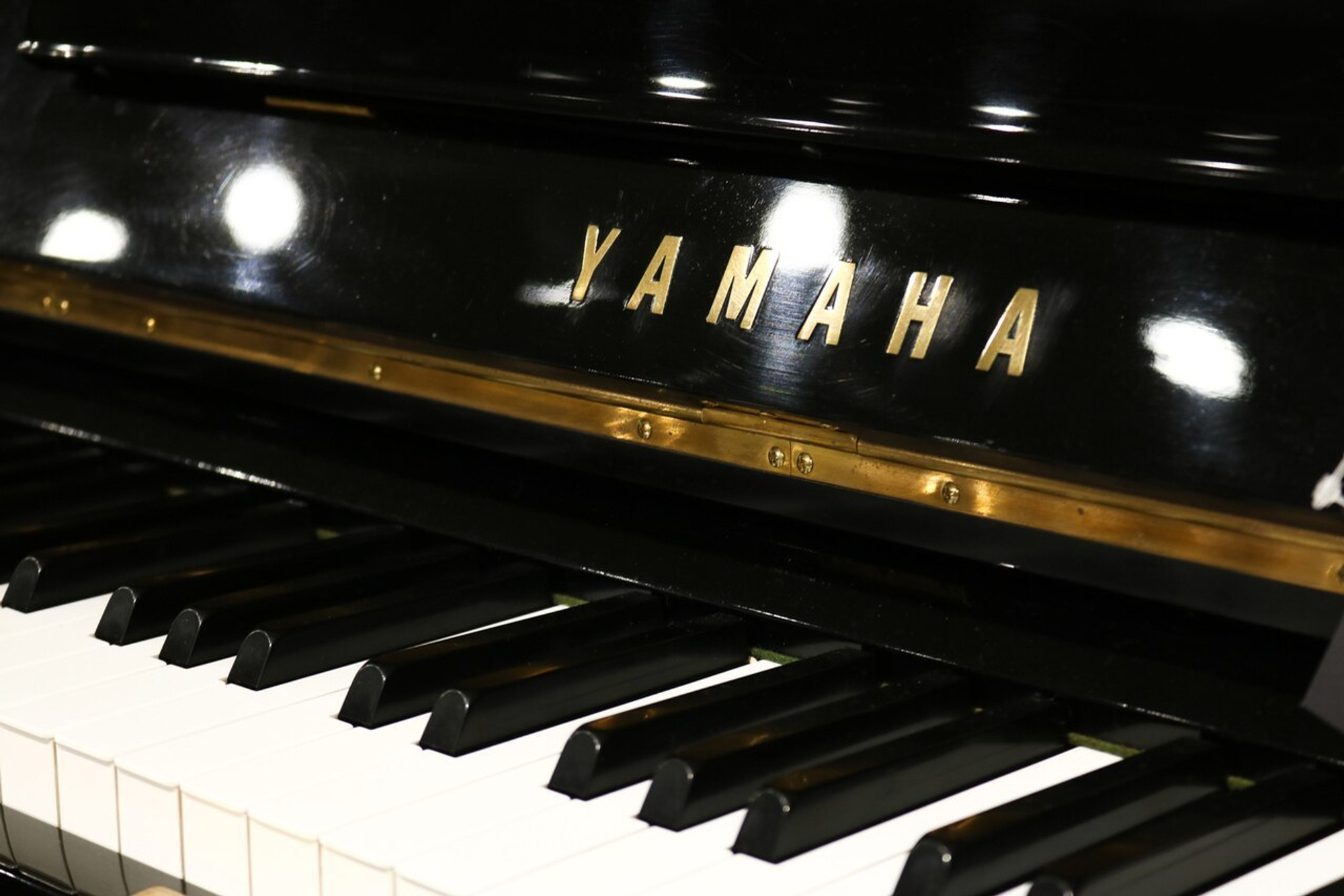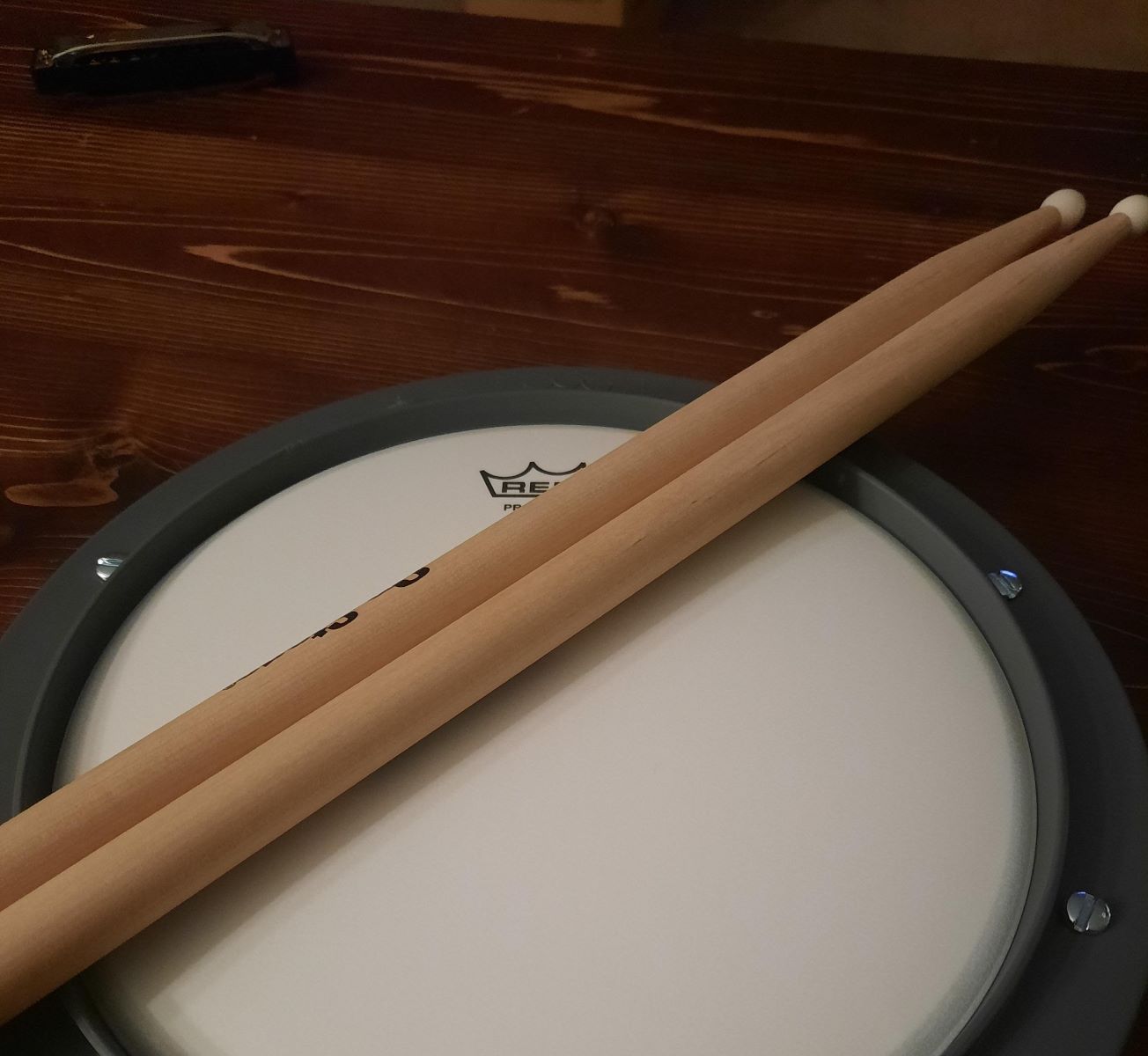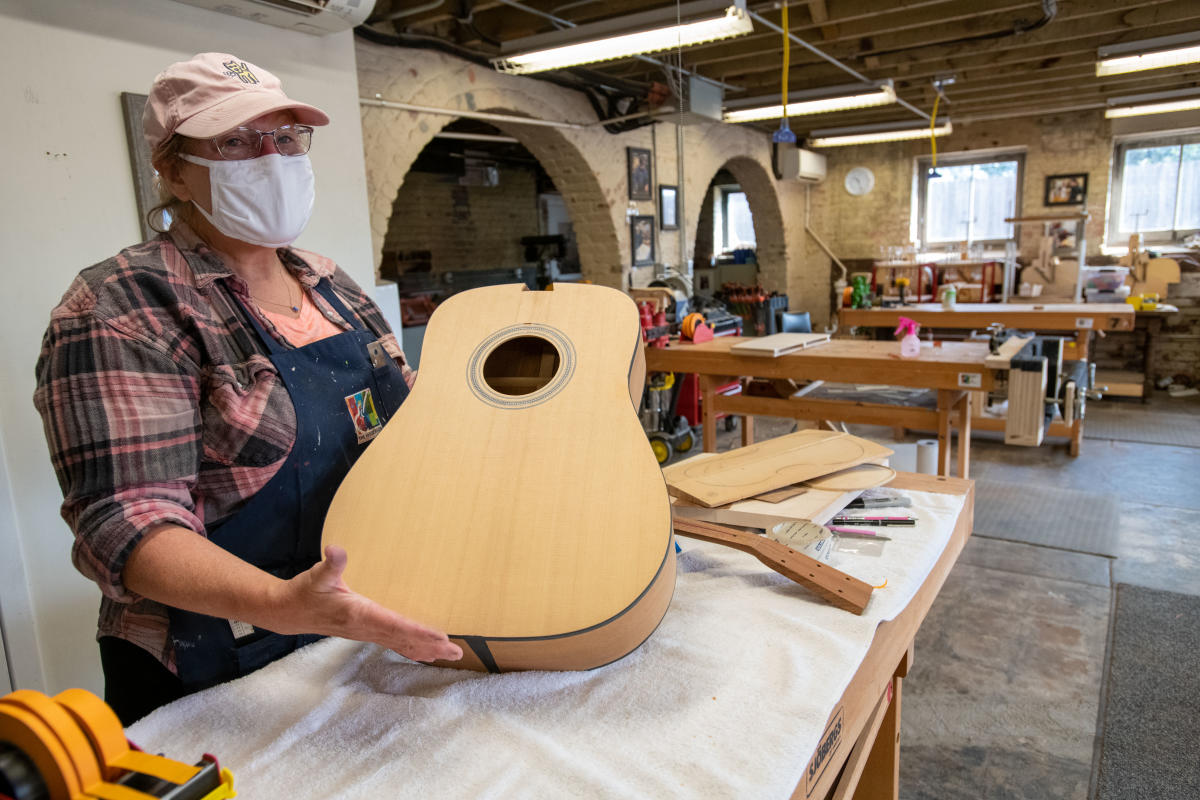Home>Instruments>Drums>How Are Bata Drums Made


Drums
How Are Bata Drums Made
Published: February 9, 2024
Discover the intricate process of crafting Bata drums, from selecting the finest materials to the skilled hands that bring them to life. Learn how these traditional drums are made.
(Many of the links in this article redirect to a specific reviewed product. Your purchase of these products through affiliate links helps to generate commission for AudioLover.com, at no extra cost. Learn more)
Table of Contents
Introduction
Bata drums, also known as "iya ilu" in the Yoruba language, are traditional double-headed hourglass-shaped drums that originate from the Yoruba people of Nigeria and are an integral part of their cultural and religious heritage. These drums play a significant role in various ceremonial and social events, including religious rituals, festivals, and musical performances. The rhythmic and melodious sounds produced by Bata drums are deeply intertwined with the cultural identity and spiritual practices of the Yoruba people, making them a symbol of unity and tradition.
The process of crafting Bata drums is a meticulous art form that has been passed down through generations, with skilled artisans employing traditional techniques and expertise to create these revered musical instruments. The intricate craftsmanship involved in making Bata drums reflects the rich cultural heritage and artistic prowess of the Yoruba people, making these drums not only a musical instrument but also a work of art that embodies the essence of Yoruba culture.
The significance of Bata drums extends beyond their musical function, as they are deeply rooted in the spiritual and religious practices of the Yoruba people. These drums are often used in conjunction with traditional religious ceremonies and rituals, where their rhythmic beats and tones are believed to invoke spiritual connections and communicate with ancestral spirits. As such, Bata drums hold a sacred place in the hearts and minds of the Yoruba community, serving as a conduit between the earthly realm and the spiritual world.
In this comprehensive guide, we will delve into the captivating world of Bata drums, exploring their historical significance, the materials used in their construction, the intricate process of making these drums, the art of tuning and finishing, and the profound cultural significance of Bata drums within the Yoruba community. Join us on a rhythmic journey as we uncover the craftsmanship and cultural resonance of these iconic drums.
History of Bata Drums
The history of Bata drums is deeply intertwined with the cultural and religious traditions of the Yoruba people, dating back centuries to the ancient kingdoms of West Africa. The origins of Bata drums can be traced to the Yoruba deity and god of thunder, Shango, who is revered as a powerful and influential figure in Yoruba religion and mythology. According to Yoruba mythology, Shango is often depicted with Bata drums, emphasizing the integral connection between these drums and spiritual practices.
Historically, Bata drums have been used in various ceremonial and social contexts, including religious rituals, communal gatherings, and traditional musical performances. The rhythmic beats and melodies produced by Bata drums have been a fundamental component of Yoruba cultural expression, serving as a means of communication, storytelling, and spiritual invocation.
Throughout history, the craftsmanship of Bata drums has been upheld by skilled artisans who have preserved the traditional techniques and artistry associated with drum making. The intricate process of crafting Bata drums has been passed down through generations, with each artisan contributing to the preservation and evolution of this revered tradition.
As the Yoruba people dispersed across the African continent and beyond due to various historical and cultural factors, the influence of Bata drums expanded, transcending geographical boundaries and resonating with diverse communities. Today, Bata drums continue to be celebrated not only within the Yoruba cultural landscape but also in global contexts, where they serve as a symbol of cultural heritage and artistic expression.
The historical journey of Bata drums reflects the resilience and enduring significance of Yoruba cultural traditions, as these drums have withstood the test of time, embodying the spirit of unity, creativity, and spiritual reverence. The legacy of Bata drums continues to thrive, carrying forward the rich historical tapestry of the Yoruba people and their profound connection to these iconic musical instruments.
Materials Used in Making Bata Drums
The crafting of Bata drums involves the use of carefully selected natural materials that contribute to the distinctive sound and visual appeal of these iconic instruments. The primary components used in making Bata drums include:
- Wood: The body of the Bata drums is typically crafted from a single piece of hardwood, such as iroko or iroko blanco, known for its durability and resonance. The selection of high-quality wood is essential for creating a sturdy and acoustically rich drum body.
- Animal Hide: The drumheads of Bata drums are traditionally made from animal hide, often sourced from goats or cows. The hide is carefully treated and stretched over the drum body to produce distinct tones and reverberations.
- Leather Strips: Leather strips are used to secure the drumheads to the drum body, ensuring a tight and secure fit that allows for precise tuning and tonal control.
- Natural Resins: Natural resins and adhesives derived from plant sources are utilized in the construction of Bata drums to bind the various components together, enhancing the structural integrity of the instrument.
- Pigments and Dyes: Artisans often employ natural pigments and dyes derived from plants and minerals to embellish the exterior of Bata drums, adding decorative elements and symbolic motifs that reflect cultural significance.
The meticulous selection and treatment of these raw materials are integral to the quality and authenticity of Bata drums, as artisans draw upon traditional knowledge and craftsmanship to ensure that each component contributes to the overall character and resonance of the instrument.
By honoring the natural elements used in the construction of Bata drums, artisans uphold the cultural heritage and spiritual essence of these instruments, infusing them with a profound connection to the earth and the traditions of the Yoruba people. The careful integration of these materials reflects the symbiotic relationship between craftsmanship, nature, and cultural expression, resulting in the creation of timeless musical artifacts that resonate with both historical significance and artistic ingenuity.
Process of Making Bata Drums
The creation of Bata drums is a labor-intensive and intricate process that requires meticulous attention to detail and a deep understanding of traditional craftsmanship. The following steps outline the traditional process of making Bata drums:
- Wood Selection and Carving: Skilled artisans begin by carefully selecting a suitable hardwood log, often from the iroko or iroko blanco tree. The log is then carved and hollowed out to create the distinctive hourglass shape of the drum body, a process that demands precision and expertise to achieve the desired dimensions and acoustical properties.
- Animal Hide Preparation: The selected animal hide, typically sourced from goats or cows, undergoes a meticulous preparation process, which involves cleaning, soaking, and stretching to achieve the desired thickness and elasticity for the drumheads. The hide is then left to dry and cure, ensuring optimal tonal quality and durability.
- Assembly and Securing: Once the drum body and drumheads are prepared, the hide is carefully stretched and secured over the open ends of the drum body using leather strips and natural adhesives. This step requires careful tensioning to achieve the desired pitch and resonance, a skill that is honed through years of experience and expertise.
- Tuning and Adjustments: After the drumheads are affixed, artisans meticulously tune the Bata drums by adjusting the tension of the hide and making subtle modifications to achieve the desired pitch and tonal balance. This process is a delicate art that relies on keen ears and a deep understanding of the instrument’s acoustical properties.
- Decorative Embellishments: Artisans often adorn the exterior of Bata drums with intricate carvings, symbolic motifs, and natural pigments, adding decorative elements that reflect cultural symbolism and aesthetic expression. These embellishments serve to enhance the visual appeal of the drums while honoring the artistic traditions of the Yoruba people.
The process of making Bata drums is a testament to the skill, patience, and cultural reverence of the artisans who uphold this time-honored tradition. Each step in the crafting process is imbued with historical significance and artistic integrity, resulting in the creation of Bata drums that embody the spiritual essence and cultural heritage of the Yoruba people.
Tuning and Finishing
The tuning and finishing of Bata drums represent a critical phase in the crafting process, where artisans refine the tonal characteristics and aesthetic presentation of these iconic instruments. The following aspects highlight the meticulous tuning and finishing techniques employed in the creation of Bata drums:
Tuning: Achieving the perfect pitch and tonal balance is a nuanced art form that requires the expertise and discerning ear of the artisan. Through subtle adjustments to the tension of the drumheads and precise tuning techniques, artisans meticulously fine-tune the Bata drums to produce resonant and harmonious sounds. The mastery of tuning is a skill honed through years of experience and a deep understanding of the acoustical properties of the drums.
Acoustical Precision: Artisans pay careful attention to the acoustical properties of Bata drums, ensuring that the interaction between the drum body and the stretched hide results in a rich and dynamic range of tones. By meticulously refining the tension and resonance of the drumheads, artisans create instruments that are capable of producing nuanced and expressive sounds, essential for traditional performances and ceremonial contexts.
Decorative Finishing: The exterior of Bata drums is often adorned with intricate carvings, symbolic motifs, and natural pigments, reflecting the cultural symbolism and aesthetic traditions of the Yoruba people. Artisans apply natural dyes and finishes to enhance the visual appeal of the drums, creating vibrant and visually captivating designs that embody the cultural heritage and artistic ingenuity of the Yoruba community.
Protective Coatings: To preserve the integrity and longevity of the drums, artisans apply protective coatings derived from natural resins and oils, safeguarding the wood and enhancing its luster. These coatings serve to protect the drums from environmental factors while accentuating the natural beauty of the wood, ensuring that each Bata drum is a durable and enduring work of art.
The meticulous tuning and finishing of Bata drums exemplify the dedication and artistry of the artisans who uphold this revered tradition. Through their expertise and commitment to acoustical precision and aesthetic excellence, these skilled craftsmen imbue each Bata drum with a harmonious blend of cultural significance and artistic mastery, ensuring that these instruments resonate with historical resonance and visual allure.
Significance of Bata Drums in Culture
Bata drums hold profound cultural significance within the Yoruba community, serving as more than mere musical instruments—they are revered symbols of tradition, spirituality, and communal identity. The following points illuminate the multifaceted significance of Bata drums in Yoruba culture:
Spiritual and Religious Rituals: Bata drums play a central role in traditional Yoruba religious ceremonies and rituals, where their rhythmic beats are believed to invoke spiritual connections and communicate with ancestral spirits. The resonant sounds of the drums are integral to religious practices, serving as a conduit for spiritual expression and divine communication, and fostering a sense of unity and reverence within the community.
Cultural Expression and Heritage: Bata drums are emblematic of the rich cultural heritage of the Yoruba people, embodying centuries of artistic tradition and communal expression. The rhythmic melodies produced by Bata drums serve as a form of cultural storytelling, conveying narratives, historical events, and societal values through their evocative sounds. As such, these drums are a living testament to the enduring legacy of Yoruba culture and its vibrant artistic traditions.
Community Cohesion and Celebration: Bata drums are integral to communal gatherings, festivals, and celebratory events within the Yoruba community, where their captivating rhythms inspire dance, merriment, and collective celebration. The pulsating beats of the drums create a sense of unity and shared experience, fostering a profound connection among community members and reinforcing a sense of cultural pride and belonging.
Artistic Mastery and Cultural Identity: The craftsmanship and artistry involved in making Bata drums are a testament to the cultural identity and creative prowess of the Yoruba people. Skilled artisans who craft these drums uphold traditional techniques and imbue each instrument with symbolic motifs and decorative elements that reflect the cultural symbolism and aesthetic traditions of the Yoruba community. As such, Bata drums serve as tangible expressions of artistic mastery and cultural identity.
Global Cultural Influence: The resonance of Bata drums transcends geographical boundaries, as they continue to captivate audiences and enthusiasts worldwide. These iconic drums have become ambassadors of Yoruba culture, captivating global audiences with their mesmerizing sounds and cultural significance, thereby enriching the global tapestry of musical diversity and heritage.
The enduring significance of Bata drums within Yoruba culture reflects their integral role in spiritual, artistic, and communal contexts, embodying the essence of tradition, creativity, and collective identity. As these revered drums continue to resonate with cultural resonance and historical significance, they stand as enduring symbols of the rich and vibrant cultural heritage of the Yoruba people.

